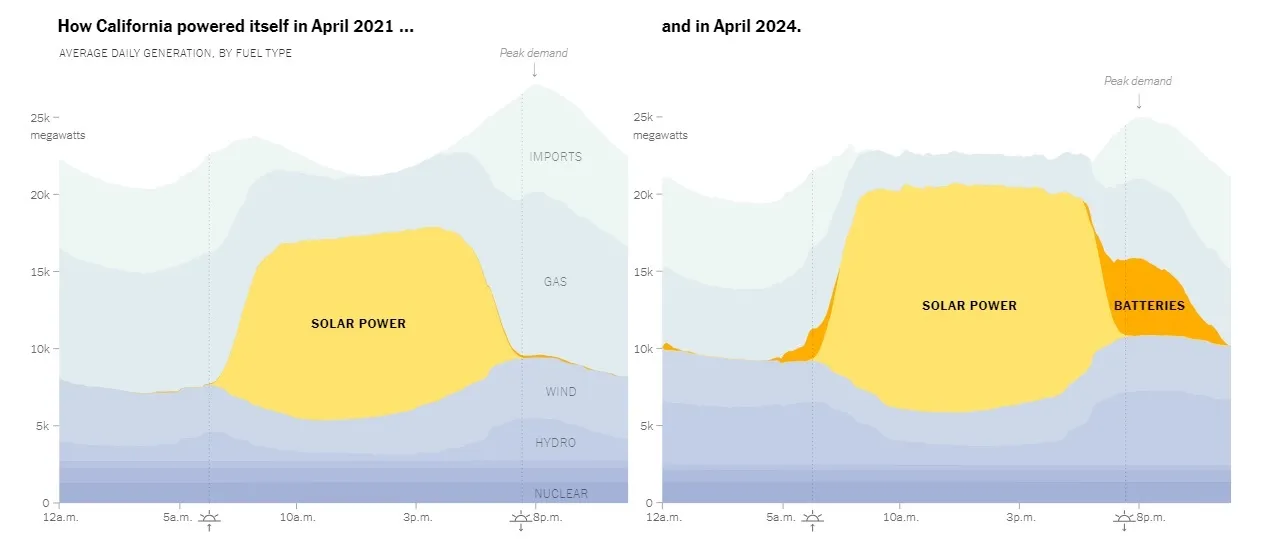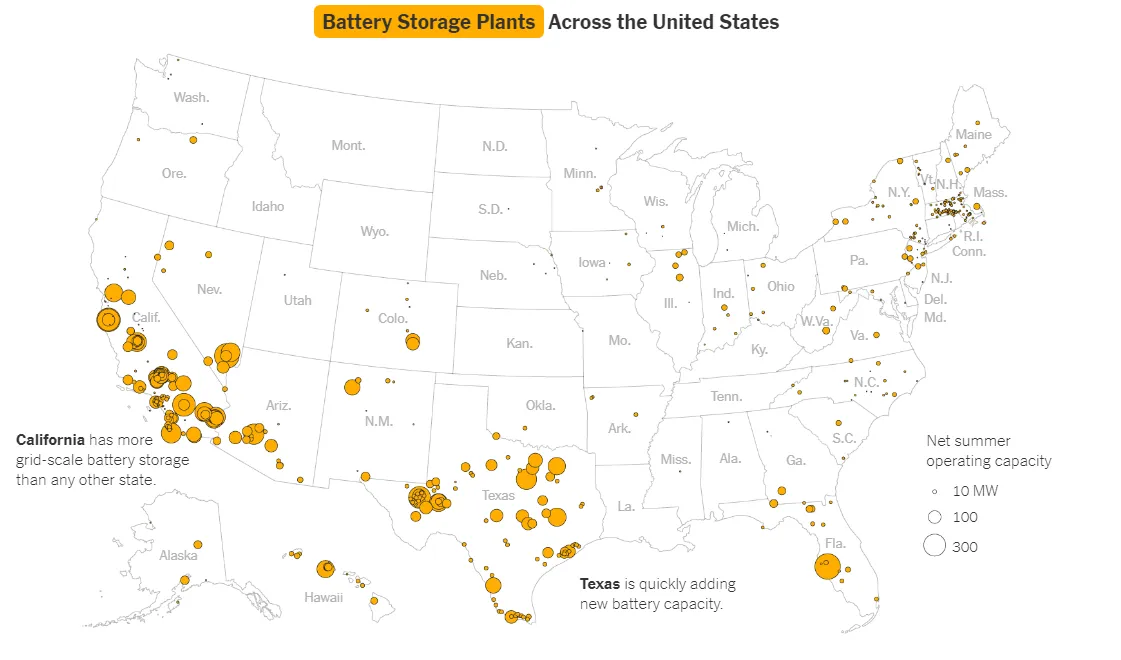So you like an EV?
Part of town I live in, we see a lot of EVs, mostly Teslas. Yeah, middle of Houston, TX it is rather hard to believe, but it is true. I have nothing against EVs, although as many of you know that I work in the Oil and Gas industry as an explorer. Yeah, I work for Big Oil. There is nothing wrong with that, as I deal with the backlash all the time, in fact, in my position, I am profressionally trained on how to handle that. I am a scientist first, a geologist, and then I am an oil man. I live off the grid, for more than 2 years now, as my home runs on rooftop Solar Panels. I said all these because I hope you can see many conflicts there already :) The thing is; world is typically not what you think it is. Often it is very different and full of complications.

Let us start a little further back. Let us start from the source. Also let us mention the conclusion first: EVs, especially Teslas does indeed have lower carbon foorprint, compared to say the Ford Bronco that I drive, but it requires that you must drive the EV the right way, and their lies the difference. Alright, enough disclaimer, let move on. The above plot is overall power consumption in the most populus state in the United States, the sunny California. Notice the obvious: how much and 'when' the solar power is generated, and when the peak demand is (in the evening around 8pm). Back in 2021 battery technology, especially large scale, was inadequate. However, in 2024, notice how the battery storage from solar contributed to the peak demand, thereby reduced the import requirement from other states. The point of this plot is that we are beginning to use a lot of batteries. Notice the concentration of Solar Power and Batteries around California and Texas. The two most sunny spots, tech hub and population centers.

Battery and overall power requirements
The most important thing in a EV that is different from a gasoline powered car is obviously the battery. Rest of the thing are mostly the same. So what is in the battery and how it is made that makes the difference.
That is a Tesla Model S battery above. It is at the bottom of the chasis basically right on top of the axel connecting the wheels. In 2024 model its capacity is 100 KWh, and a range of about 400 miles. Let me tell you something 100 KWh is a lot of energy! On a good sunny day I generate about 30 KWh total! I have 21 panels and a Tesla Powerwall, and this is the sunniest month I can find this year, and the total production is 857 KWh in 30 days; or 28.5 KWh on average! If I had a Tesla Model S; it would take 3+ days of solar energy to charge that battery full!

So here are my choices to power that Tesla, if I power it full every day fully on solar:
3X my panels! But I don't have that much roof space, especially on the south facing roof
Use the regular grid to power
Here is the problem with 3X panels: I will need two more power walls. Since it took me $50K to install the current system. I have looking at $100K more, total about $150K. Now you can say, I am not going to drive 400 miles per day. My daily drive is probably averages 20 miles. So I don't really need that. But still if I power my car, I can't really ensure that I won't take power off the regular city grid, because my house need power too, and with my current system I am just about self-sufficient over the year on average.
Battery Components
Tesla sources its battery components from a variety of suppliers around the world to ensure a steady and reliable supply of materials. Here are some key details:
Lithium: Tesla sources lithium from several suppliers, including Albemarle in Australia and Livent in Argentina. These companies provide lithium hydroxide, which is essential for Tesla’s high-energy density cells
Nickel: Tesla has long-term agreements with major nickel producers like Vale in Canada and BHP Nickel West in Australia. Nickel is a critical component for the cathodes in Tesla’s batteries
Cobalt: Tesla sources cobalt from companies like Glencore, which operates mines in the Democratic Republic of Congo (DRC). Tesla is also working to reduce its reliance on cobalt due to ethical and environmental concerns associated with mining in the DRC
Other Materials: Tesla also sources other essential materials like graphite and aluminum from various global suppliers to ensure the production of its battery cells
Tesla’s approach to sourcing these materials includes direct relationships with mining companies, which helps the company monitor quality and ensure responsible environmental and social practices.
It's the Cobalt that is the problem. Mining is DRC is an ethically challenging element. Let me explain:
Glencore’s mining practices in the Democratic Republic of Congo (DRC) have been a subject of scrutiny and efforts towards improvement. Here are some key points:
Artisanal and Small-Scale Mining (ASM): Glencore has engaged with communities, the DRC government, and other stakeholders to address issues related to ASM. They support the Fair Cobalt Alliance (FCA), which aims to transform ASM practices, eliminate child and forced labor, and promote responsible mining
Ethics and Compliance: Glencore has faced allegations of corruption in the past but has reached agreements with the DRC government to address these issues. They have implemented an Ethics and Compliance Program to foster integrity and transparency in their operations
Trouble is most Tesla owners (or EV owners) are ethically sound individuals. It is difficult to sustain that groove when your raw materials comes from DRC.
Finally the Carbon Footprint
A carbon footprint measures the total amount of greenhouse gases, primarily carbon dioxide (CO₂), that are emitted directly and indirectly by an individual, organization, event, or product. It is usually expressed in terms of equivalent tons of CO₂ per year.
Key Components of a Carbon Footprint:
Direct Emissions: These come from sources that are directly controlled, such as emissions from burning fossil fuels for heating, transportation, and manufacturing
Indirect Emissions: These are associated with the production and consumption of goods and services. For example, the emissions from producing electricity used in homes and businesses
Why It Matters:
Environmental Impact: A higher carbon footprint contributes more to global warming and climate change
Sustainability: Reducing carbon footprints is crucial for achieving sustainability goals and minimizing environmental damage

The carbon footprint of a Tesla car can be broken down into several stages: production, operation, and end-of-life recycling.
Production
- Battery Manufacturing: The production of lithium-ion batteries is energy-intensive. For example, creating a battery pack for an electric sedan can produce between 2.5 and 16 metric tons of CO2, depending on the energy sources used in the production facilities.
- Vehicle Assembly: The overall manufacturing process of an electric vehicle (EV) generally has a higher carbon footprint compared to a gasoline-powered car due to the energy required for battery production.
Operation
Driving Emissions: While driving, Tesla cars produce zero tailpipe emissions. However, the carbon footprint depends on the source of the electricity used for charging. If the electricity comes from renewable sources, the carbon footprint is significantly lower compared to electricity generated from fossil fuels. I gave my personal example in this case. It is im
Annual Emissions: On average, an EV like a Tesla produces about 2,817 pounds of CO2 equivalent per year, which is lower than the emissions from traditional gasoline vehicles.
End-of-Life
- Recycling: Tesla has initiatives to recycle battery components, which helps reduce the overall carbon footprint. The recycling process itself also has an environmental impact, but it is generally less than the impact of producing new batteries from raw materials
Overall, while the initial production of a Tesla car has a higher carbon footprint, the total emissions over the vehicle’s lifetime are typically lower than those of a comparable gasoline-powered car, especially when charged with renewable energy.
According to the U.S. Department of Energy's Alternative Fuels Data Center, the average EV produces 2,817 pounds of CO2 equivalent in a year of driving. A PHEV produces an average of 4,824 pounds of CO2 equivalent over the same period, while a hybrid produces 6,898 pounds. A pure gasoline-powered vehicle generates an average of 12,594 pounds of CO2 equivalent each year. Those numbers for an electric car can change dramatically if the electricity in your state comes from exceptionally clean or dirty sources. In Washington, where only 2.85% of electricity comes from coal, and hydroelectric dams produce 65.5%, an average EV only generates 705 pounds of CO2 equivalent per year. In West Virginia, where 92.38% of electricity comes from burning coal, driving an EV for a year produces 6,228 pounds of CO2 equivalent yearly.
Cost
Finally, it is good to be a responsible citizen of the world and invest in sustainable future, but can you afford it? A 2024 Model S Tesla is about $75 K MSRP, typically without any discount. An equivalent loaded Honda, Toyota or Ford Sedan will be $40K. No matter how much you 'save' on gasoline it will take a long time to break even.
If a typical gasoline-powered car gets 350 miles per tank of gas, which costs $58, then the yearly cost of gas is about $2,425. This is based on the average American driver driving 14,263 miles per year. Let us round up and above to $3000. That is 10 + years to breakeven, assuming all other maintainance costs are the same, while they are not. You can't just take your Tesla for servicing or repair to your local car shop. Things add up quickly, and if you ask me, I have never driven a car for more than 7 years. People have very limited idea about Tesla re-sale market, so far it is not good.


